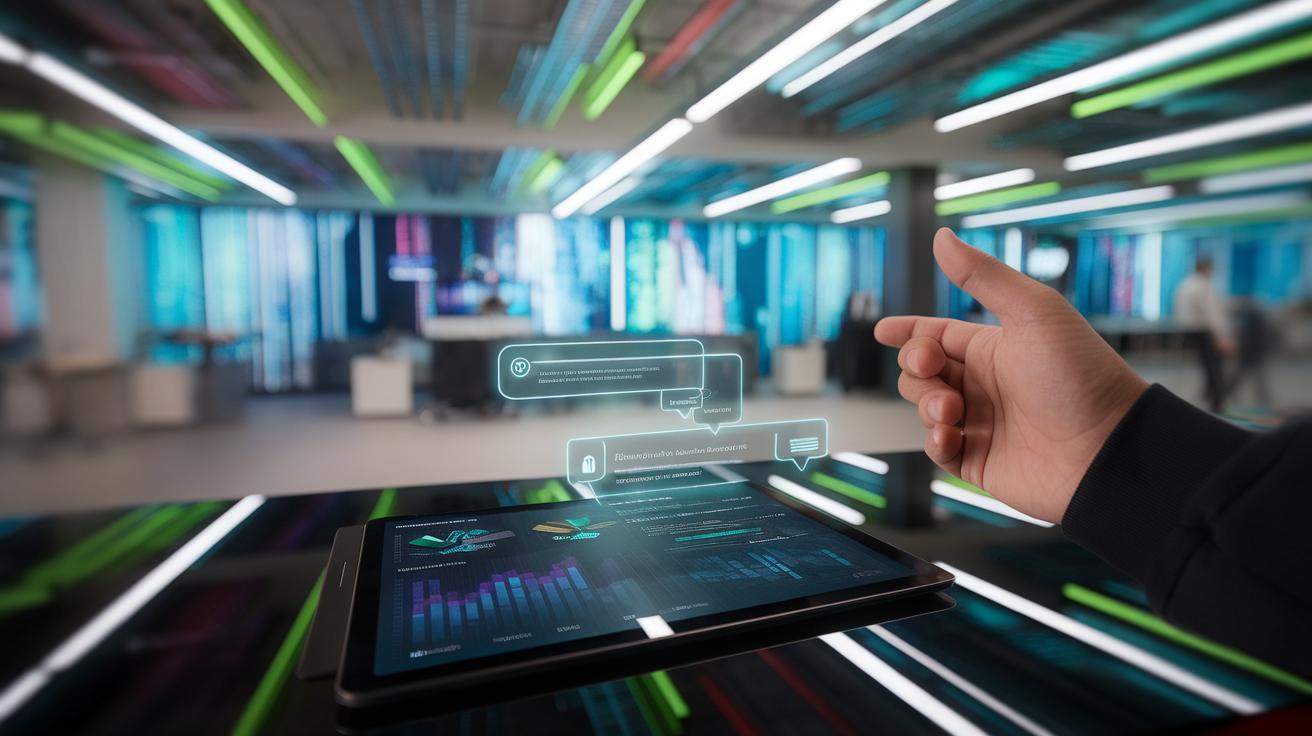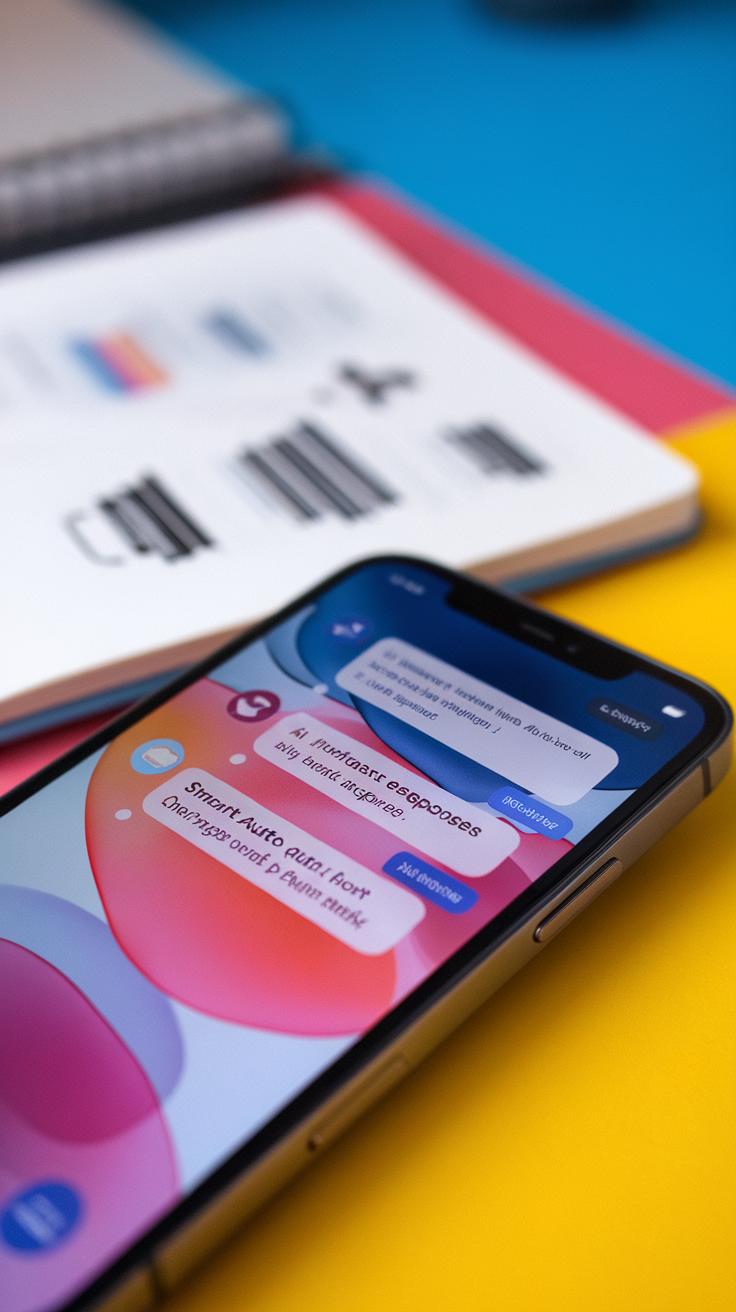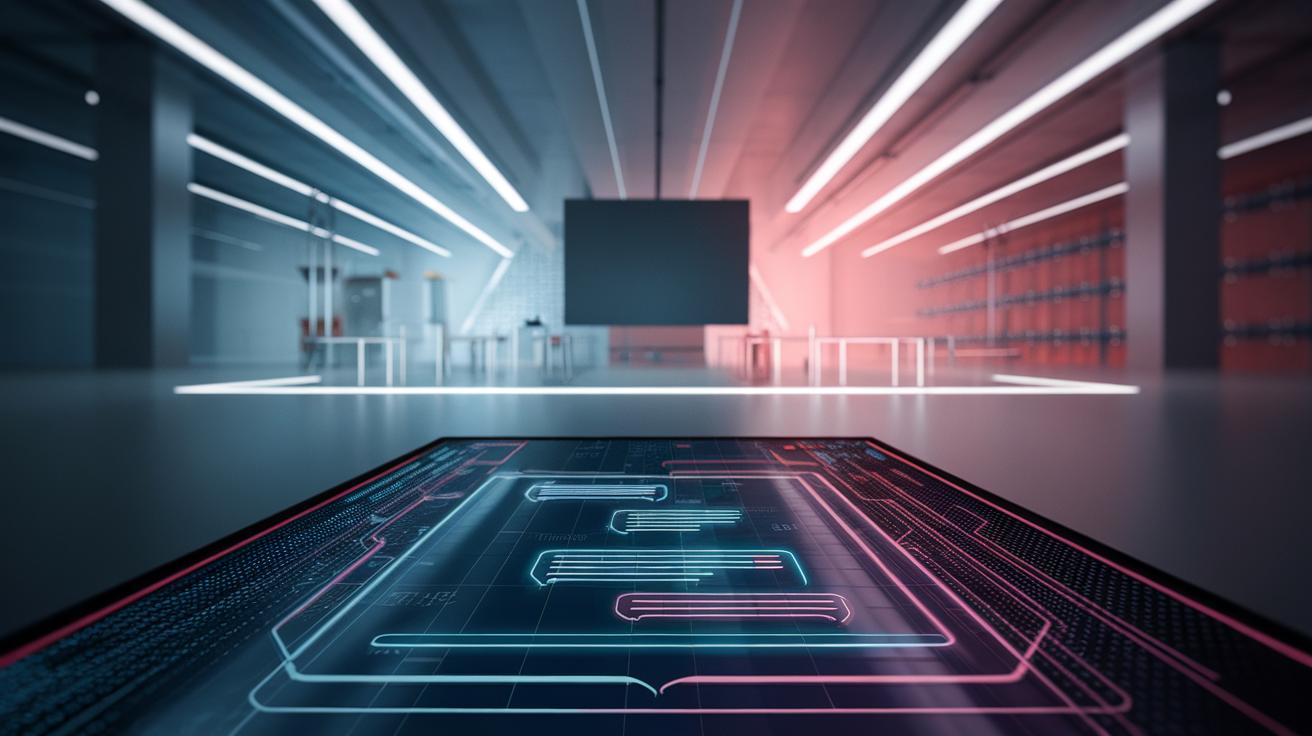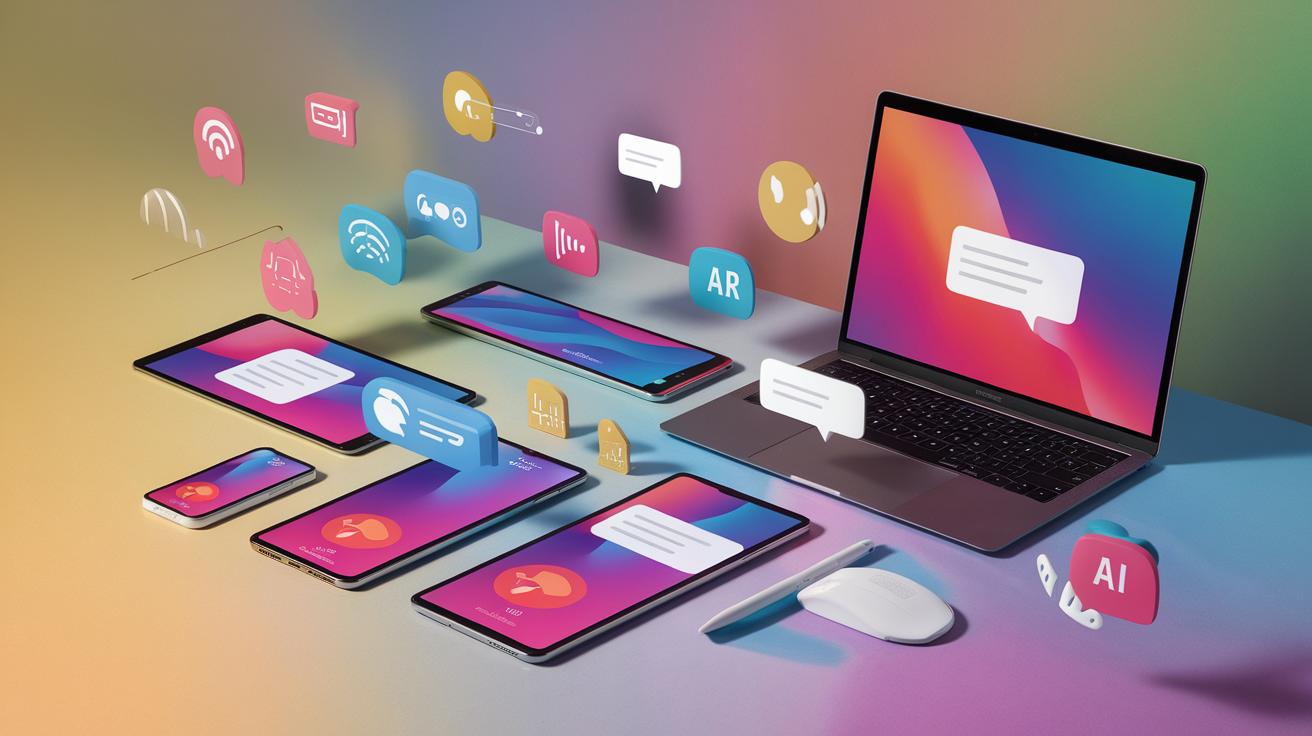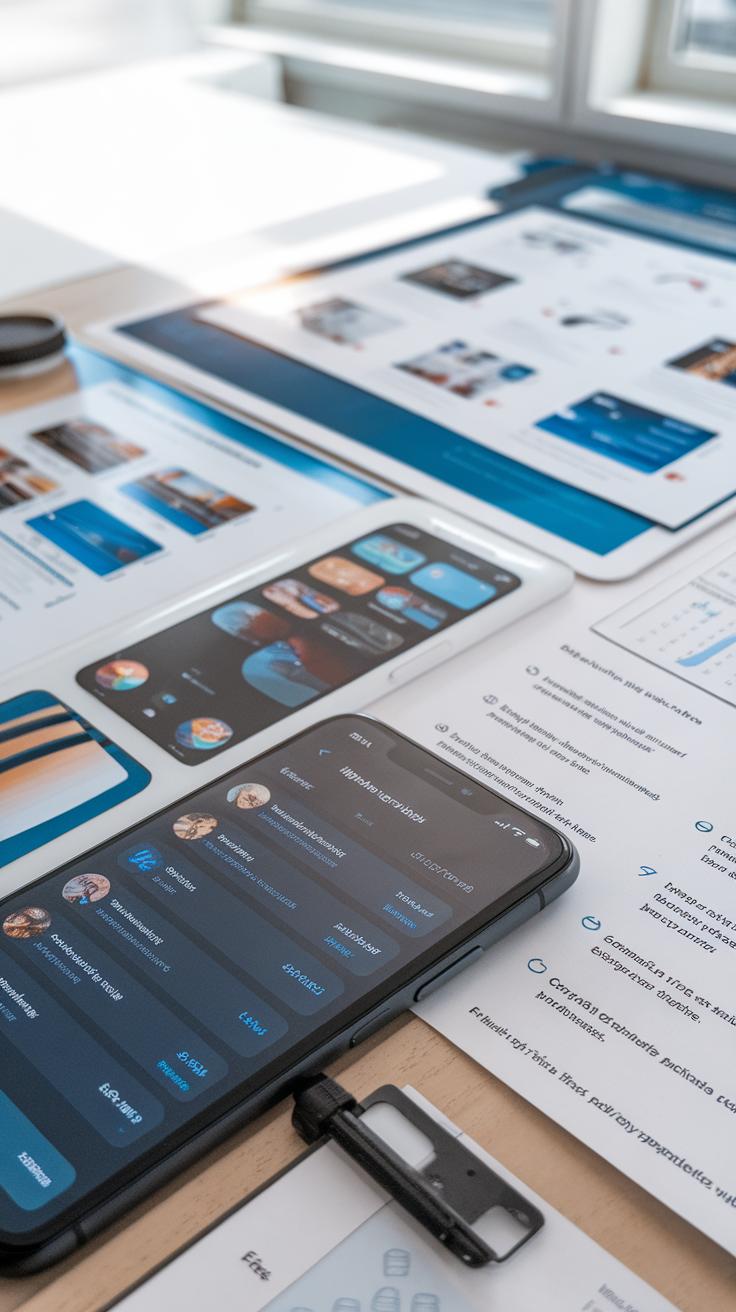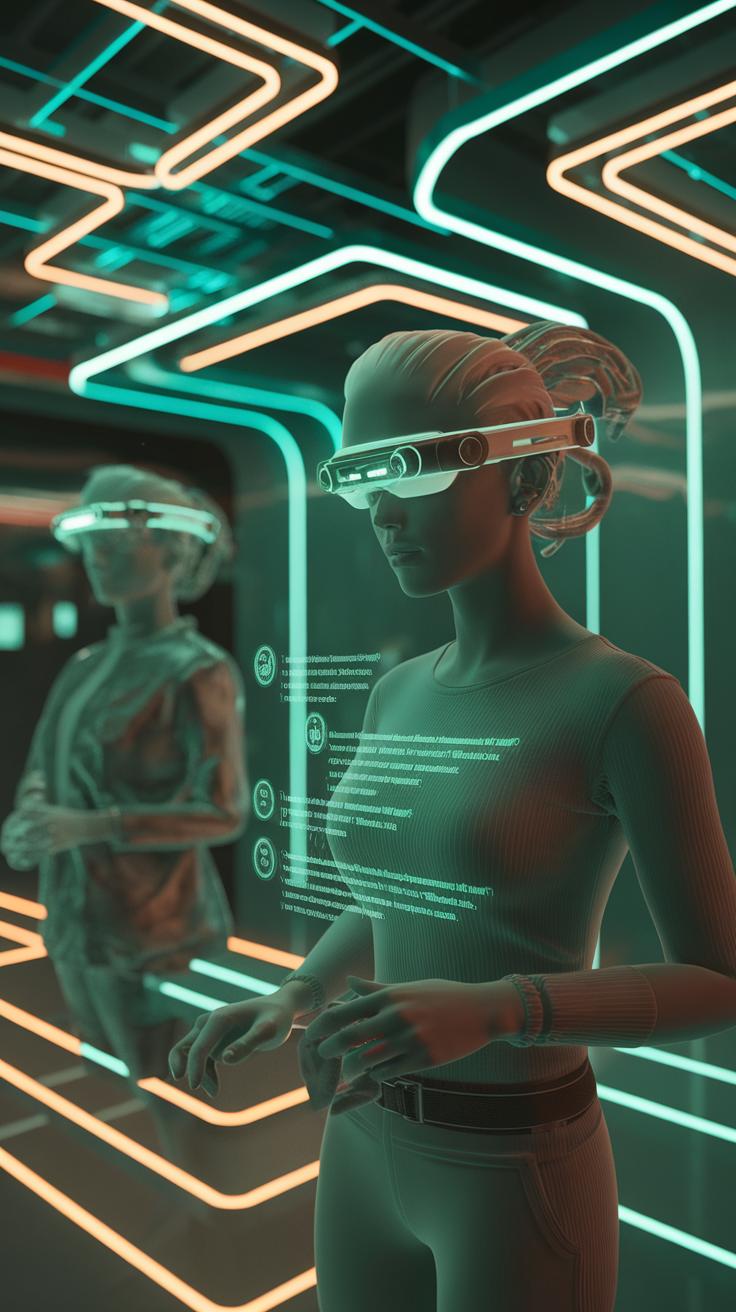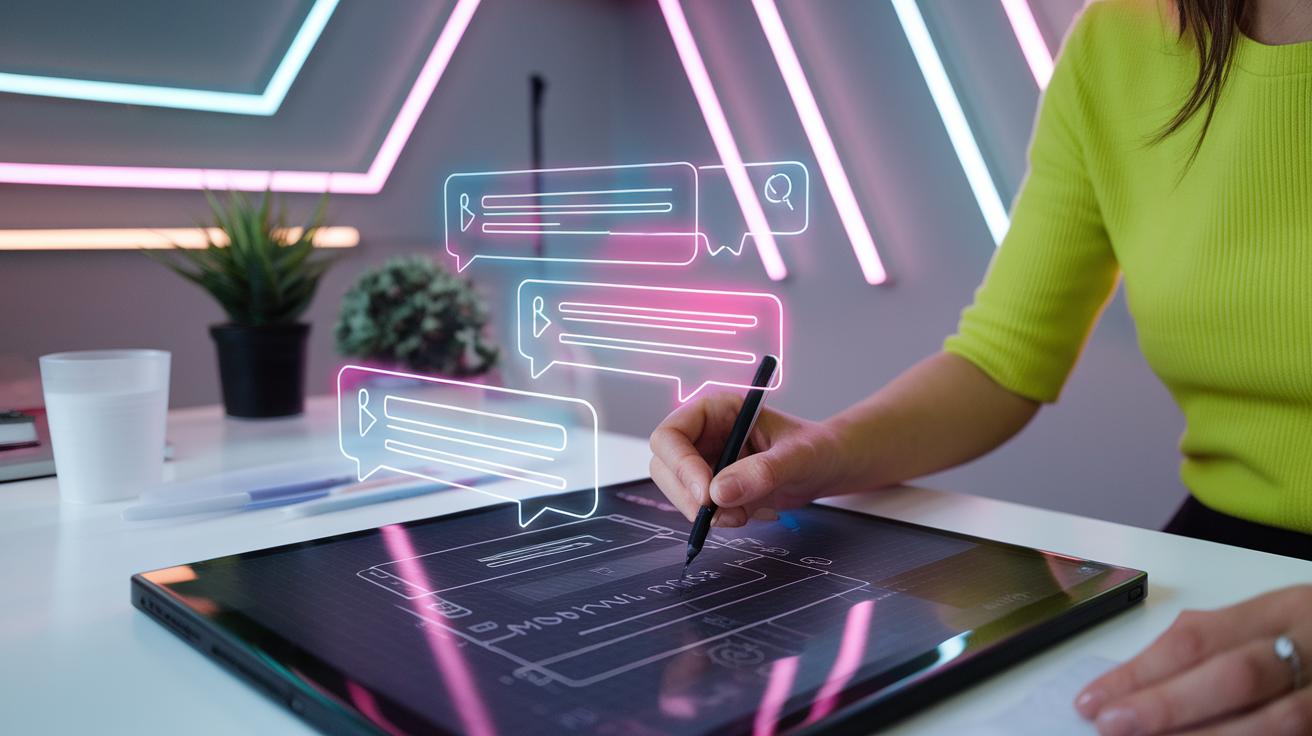Introduction
AI chat solutions play a pivotal role in redefining how businesses engage with their customers. These intelligent systems enable automated conversations, providing users with instant responses. As technology evolves, companies leverage AI chat solutions to enhance customer service, streamline operations, and optimize interactions. Businesses can now create tailored chat experiences that cater to their specific needs, shaping a more efficient communication platform.
Custom chat widget design empowers organizations to integrate these AI chat solutions seamlessly into their websites or apps. Users encounter chat widgets that reflect their brand while delivering effective communication. The focus on personalized user experiences leads to higher customer satisfaction. Understanding the connection between AI chat solutions and custom design opens avenues for businesses to strengthen their customer relationships while embracing the future of digital interaction.
Understanding AI Chat Solutions
AI chat solutions serve as powerful tools for businesses to enhance customer communication. They automate interactions, allowing users to get quick answers without human intervention. These systems interpret and respond to text, creating a conversation flow that feels natural. By harnessing machine learning, AI chat solutions learn from each interaction, improving their responses over time.
Conversational AI holds significant value in the business world. It enables companies to offer 24/7 customer support, reducing wait times. Imagine a customer needing help at midnight. An AI chat solution can respond immediately, fostering satisfaction. Besides customer service, these solutions save time and resources, helping businesses allocate human agents to more complex issues. Companies like Starbucks use chatbots to allow customers to place orders, showcasing practical applications. How can your business leverage AI chat solutions to boost efficiency?
The Evolution of Chat Widgets
Chat widgets have transformed significantly over the years. Initially, they offered basic forms for queries, which limited user interaction. As technology advanced, these interfaces grew richer and more interactive. Modern chat widgets now integrate with various platforms, providing seamless access to information and services.
Today’s chat widgets can support multimedia, such as images and videos, enhancing user experience. For example, companies can use chat widgets to showcase product catalogs. Advanced features like AI-driven responses and predictive text have made conversations smoother and more engaging. This evolution connects users more effectively, creating an environment where businesses can meet customer needs quickly. How have you seen chat widgets improve your online interactions?
From Simple Forms to Rich Experiences
The journey of chat widgets began with basic text-based forms. Early users typed questions and received standard responses. These simple interfaces offered limited interaction and often left users frustrated. As technology improved, companies introduced more interactive experiences. Animated icons, customizable layouts, and multimedia options made chat widgets more engaging.
Today, chat widgets integrate with advanced AI, allowing for real-time conversations. Users enjoy quick answers and can resolve issues faster than ever. For example, a retail site can now provide instant support through a chat widget, helping customers complete purchases without delays. What would you prefer, a long wait on the phone or immediate help through a chat? This shift highlights the growing demand for efficient communication.
Technological Advances and User Interaction
Multiple technological advancements have reshaped chat interfaces. Natural language processing enables chatbots to understand user intent better. This transition allows for more human-like interactions, creating a smooth experience. Look at companies that successfully adopted these features. Their chat widgets engage customers and significantly reduce response time.
Have you noticed how your favorite websites now feature chat widgets that anticipate your needs? These intelligent designs not only save time but also enhance your overall experience. The evolution of chat widgets sets a new standard. As you navigate through any digital platform, chat interfaces continue to redefine how you engage with businesses and services.
Customizing Chat Widget Design
Businesses can easily tailor chat widgets to reflect their brand identity. Start by choosing colors that match your logo or website theme. This creates a cohesive look that customers will recognize. Fonts also play a role; select a style that aligns with your brand’s voice. You want customers to feel a connection as soon as they see the chat widget.
Functionality is just as important as aesthetics. A user-friendly design encourages interaction. Ensure that buttons are easily accessible and responses are quick. You can add features like quick replies or FAQs to enhance the user experience. Think about what your audience needs. Are they looking for instant support or detailed information? Customize your chat widget accordingly.
Consider how long it takes visitors to find the chat option. A more visible widget can capture attention faster. Have you tested different placements to see what works best? Track user engagement to identify areas for improvement. These enhancements can lead to increased customer satisfaction.
Integrating AI Solutions into Existing Systems
Planning for Integration
Start by assessing your current systems. Understand their architecture and data flow. Check for compatibility with potential AI chat solutions. Identify which functions your team values most. Will AI enhance customer service or streamline internal workflows? Analyze these needs before spending resources.
Choosing the Right AI Chat Solution
Select a solution that aligns with your business goals. Research various platforms and features. Look for options that offer easy integrations with your existing tools. Consider user reviews to gauge satisfaction. Your chosen solution should complement, not disrupt, your workflows.
Data Management and Security
Prepare your data for integration. Organize and clean your existing data. Make sure your AI chat solution includes strong security features. This protects sensitive data while allowing effective use. Collaborate with IT to ensure compliance with regulations.
Testing and Iteration
After integration, conduct thorough testing. Assess how well the AI interacts with users. Gather feedback from both employees and customers. Make adjustments as necessary to improve the experience. A focus on user feedback can guide effective iterations.
Challenges in Implementing AI Chat Solutions
Common Obstacles
Businesses often face several challenges when implementing AI chat solutions and custom widgets. One major issue is understanding user expectations. Misaligned chat interactions can frustrate users. This leads to dissatisfaction and potential loss of customers. Limited technical knowledge within the team presents another hurdle. Without proper skills, integration can become complicated. Budget constraints also play a crucial role. Effective AI solutions require investment, and not all businesses are prepared for this expense.
Potential Solutions
Identifying user needs through surveys can streamline interactions. Regular feedback helps refine chatbot responses. Invest in training for your staff to raise technical expertise. Online courses and workshops can be helpful. When budget limits arise, consider phased implementation. Start with essential features and expand as funds allow. Collaborating with technology partners can provide shared knowledge and resources. How prepared is your business to tackle these challenges? Recognizing them early on can pave the way for smoother implementation and improved user experience.
Measuring the Success of AI Chat Solutions
Key Metrics to Evaluate Performance
Assessing the effectiveness of AI chat solutions requires clear metrics. Start with user engagement. Track how often users interact with the chat widget. A high engagement rate shows that users find it valuable. You should also look at response time. Faster responses typically lead to higher satisfaction levels. Analyze user feedback. Ratings and comments provide direct insights into the chat experience.
Conversion and Retention Rates
Consider conversion rates as another important measure. Form submissions or purchases via the chat widget indicate its success in driving business goals. Retention is equally vital. If users return after initial interactions, it suggests they had a positive experience. Examine user behavior. Are users exploring more features or products after chatting? This can signal effective design and interaction.
Utilizing A/B Testing
Another effective method is A/B testing. Create two versions of your chat widget and see which performs better. This approach allows you to understand user preferences and improve accordingly. Regularly review these results over time. Adjustments based on data ensure the chat solution evolves with user needs.
Case Studies of Successful AI Chat Implementations
Many businesses have succeeded by integrating AI chat solutions. In the retail sector, a major online store saw a 30% increase in sales after launching a custom chat widget. This tool answers customer questions in real-time and recommends products based on individual preferences. Customers enjoy quicker assistance, which leads to higher satisfaction.
In healthcare, a telemedicine platform utilized AI chat to streamline patient interactions. The custom chat widget helps patients book appointments and access medical advice without needing human staff. This reduced patient wait times significantly, allowing medical personnel to focus on critical tasks.
In the travel industry, an airline deployed an AI chat solution that provides instant flight information and offers personalized travel recommendations. This reduced call center volume by 40%. How could your business benefit from similar implementations?
Manufacturing companies also reported success. One firm used AI chat software to connect field technicians with central support. This improved issue resolution times and increased efficiency. What challenges might you solve using AI chat solutions in your industry?
Future Trends in AI Chat Solutions
Speculating on Upcoming Developments
AI chat solutions are set to advance significantly in the coming years. One key trend is the use of natural language understanding. This will allow chatbots to process user inquiries more like humans, leading to smoother conversations. Imagine a chatbot that can not only provide answers but also sense your emotions and adjust its tone accordingly.
Another notable change is the rise of voice-activated chat solutions. As voice recognition technology improves, more businesses will integrate this feature into their chat widgets. How will you feel about talking to a bot instead of typing your questions? This shift could make user interaction much more natural.
Businesses will need to adapt quickly. Customization options will become increasingly important, giving you the ability to tailor chat experiences to your needs. Offering personalized responses will boost customer satisfaction and engagement. Are you prepared to embrace these changes as they develop?
Implications for Businesses and Customers
Improved AI chat solutions will impact both businesses and customers in meaningful ways. For businesses, enhanced chat widgets can lead to higher efficiency. If chatbots handle more routine inquiries, your team can focus on complex and creative tasks. This not only increases productivity but also enriches customer service.
Customers will benefit from quicker, more accurate responses. AI chat solutions have the potential to transform the way you interact with businesses. With increased personalization, you will likely experience a sense of value. You’ll feel more understood and appreciated by companies you engage with. Are you ready to take advantage of this evolving landscape?
Practical Steps to Implement AI Chat Solutions
Understanding Your Needs
You must first identify the specific needs of your business. Consider the common questions customers ask. What issues do they face? Gathering this information will help you design an AI chat solution that directly addresses your requirements. Analyzing customer feedback can also provide insights into areas that need improvement.
Choosing the Right Platform
Select a platform that best suits your business goals. Many options exist, each with different features. Some platforms integrate seamlessly with existing systems, while others offer customizable widgets. Make a list of must-have features. This clarity will guide your decision-making process.
Designing Custom Widgets
Customize the chat widgets to reflect your brand. Color schemes, fonts, and logos should align with your business identity. Engaging visuals attract users and enhance their interaction experience. Aim for a user-friendly design that allows easy navigation. Keep it simple and clear.
Training Your AI
Feed your AI model common customer inquiries and preferred responses. Training your AI with real data helps it learn and improve. Ongoing training is important. Be prepared to add new questions as they arise and adjust responses as needed.
Monitoring Performance
After implementation, continuously monitor the performance of your AI chat solution. Use analytics to evaluate user interactions. What questions do users ask most often? Are there areas where the AI falls short? Regular monitoring helps you make necessary adjustments and improve customer satisfaction.
Engaging with Users
Encourage users to provide feedback about their experiences. Create a simple process for gathering this feedback directly within the chat. Show your commitment to improvement. Prompt responses to user concerns can increase trust and enhance loyalty to your brand.
Conclusions
The impact of AI chat solutions on custom chat widget design is significant. These technologies provide businesses with tools to enhance customer engagement and streamline processes. By implementing AI-driven chat solutions, organizations can offer real-time assistance, improving overall user experience. This digitization not only saves time but also allows for more personalized interactions that meet customer needs.
Adopting modern AI chat solutions is crucial for businesses looking to stay competitive. The integration of custom chat widgets tailored to brand identity can drive user loyalty and satisfaction. As chat technologies continue to evolve, organizations must invest in these solutions to prepare for the future of customer interaction, ultimately transforming how they connect with users.

